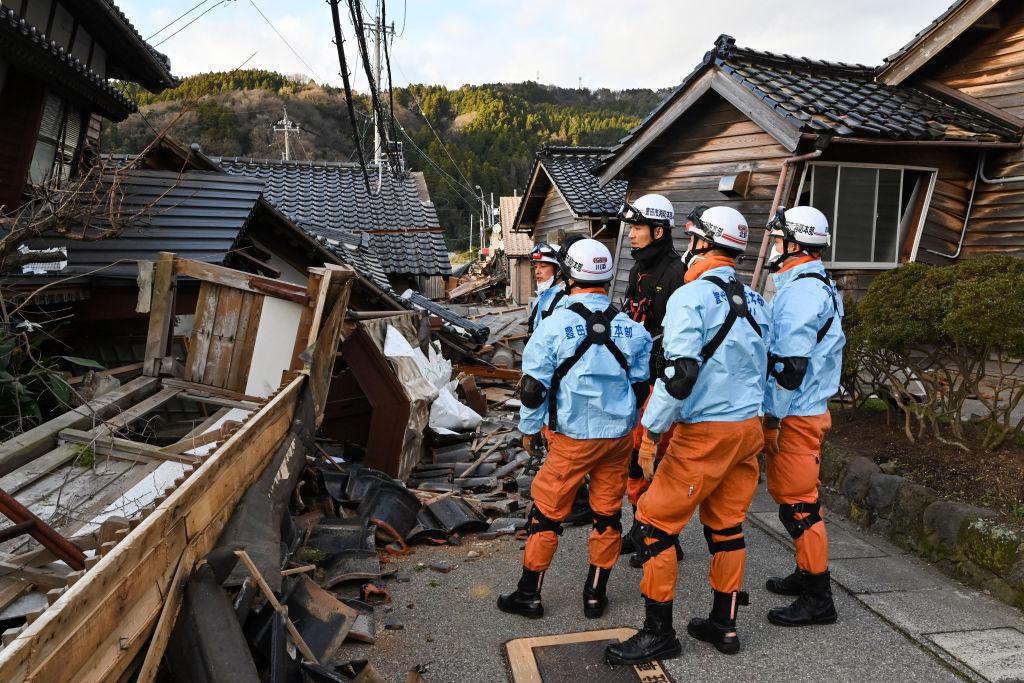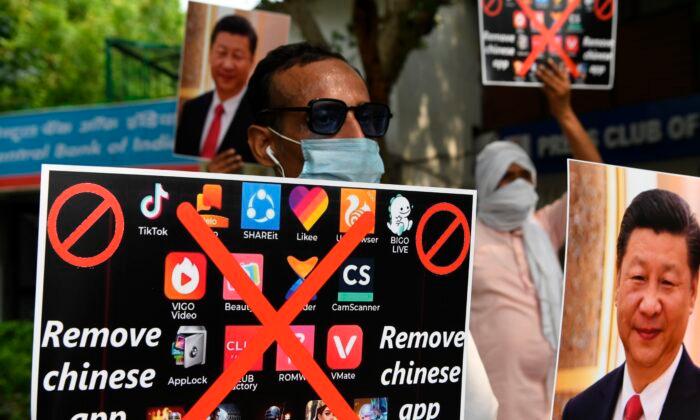Japan’s tourism policy has borne fruit, with nominal spending by visitors to Japan from January to March amounting to 7.2 trillion yen annually (about $449 billion), marking a five-fold increase over the past decade.
The “Tourism Vision to Support Japan’s Future,” introduced in March 2016 with strong support from the private sector, has yielded positive results, with the tourism industry establishing it itself as a critical pillar of the Japanese economy.
Visitor spending from January to March in 2024 increased by more than 60 percent compared to the same period in 2019. In the same period, exports of automobiles and steel increased by approximately 45 percent, while semiconductor and electronic components grew by nearly 40 percent, according to Nikkei.
Japan’s Revitalization Plan
After the collapse of Japan’s bubble economy in the early 1990s, traditional manufacturing industries largely shifted overseas, leading to a hollowing out of domestic industries. The country since the Koizumi government in 2003 was left in search of new growth industries.After four years of planning, a tourism industry development plan was unveiled by the Abe-Shinzo Cabinet in June 2007, known as the “Tourism Nation Revitalization Plan.” The Japan Tourism Agency was established in October 2008, and invested much effort in welcoming more foreign visitors to Japan.
A key target of the plan was the Chinese market, with the first independent visitor visas for Chinese nationals being issued in July 2009. Before that, only visas for group tours with tour guides were available for Chinese citizens.
Besides experiencing Japanese culture and scenery, the surge of Chinese tourists also made substantial purchases of Japanese beauty and cosmetic products, home appliances, and medical health products, leaving behind legends of “explosive buying.”

China’s Anti-Japanese Sentiment
Due to historical reasons, including the Second Sino-Japanese War and Japan’s post-war actions, anti-Japanese sentiment still persists in modern China to some extent. This sentiment, combined with nationalist emotions, is still used by the Chinese Communist Party (CCP) to instill anti-Japanese views in the Chinese population.But the increased cross-cultural exchange driven by tourism has been challenging that anti-Japanese view promoted by the CCP.
Chinese tourists to Japan, besides tasting Japanese cuisine and enjoying Japanese goods, are usually impressed by the safety and peace they find in the country, as well as the courteous and humble demeanor of people across Japanese society, which are completely different from what they learned under the CCP’s education.
In the summer of 2015, a female tour leader from China’s Qingdao Province visiting Japan for the first time with her group, expressed her surprise to The Epoch Times in Ginza, Tokyo.
On crowded streets, there was no one making obnoxious noises; Japanese people were friendly, polite, and provided attentive service, which was eye-opening, she said. The 40-plus Chinese tourists in her group all felt the same way, discovering that Japanese people were not as portrayed by the Chinese Communist Party in domestic propaganda.
Many members of the group were surprised to see Japanese people casually putting their wallets and mobile phones in the back pocket of their trousers, not fearing thieves. When learning that there are almost no thieves in Japan, they all found it inconceivable.
Future of Japanese Tourism
Post-pandemic, the continued depreciation of the Japanese currency has driven a significant increase in visitors to Japan. Data released by the Japan National Tourism Organization on June 19 showed that the number of visitors to Japan exceeded 3.04 million in May, an increase of 60.1 percent year-on-year, breaking the 3 million mark for three consecutive months.
One of the goals is to achieve 5 trillion yen (about $31 billion) in spending by foreign tourists and 20 trillion yen (about $12.4 billion) in spending by domestic Japanese tourists. Visitor spending from January to March amounted to 7.2 trillion yen (about $44.5 billion).






